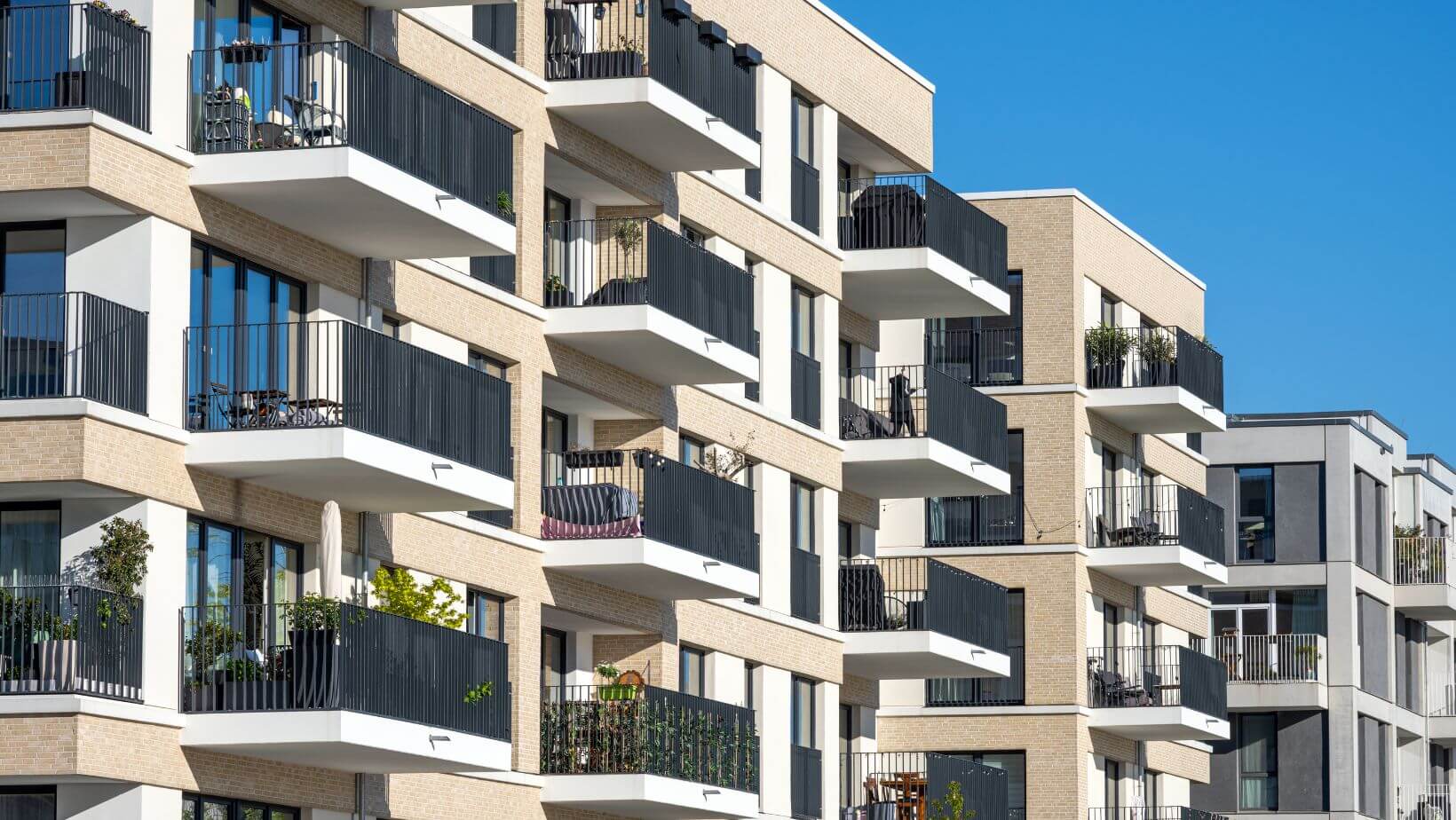When it comes to property prices in the UK, location has always been a crucial factor. However, it’s not just the location itself that matters but also the local amenities that surround a property. Amenities like schools, shops, parks, transport links, and entertainment options significantly influence both the desirability and value of properties. For buyers, sellers, and investors, understanding how these amenities impact property prices is key to making informed real estate decisions, according to estate agents in Norfolk. Here’s what to look for when considering the influence of local amenities on property prices.
Transport Links: The Lifeline of Property Value
Good transport links are one of the most important amenities that can have a significant impact on property prices. Easy access to public transport, motorways, and main roads can make a property more attractive, especially for commuters and city professionals.
- Proximity to Public Transport: Properties close to train stations, Underground stations, bus stops, or tram lines often command a higher price. This is especially true in larger cities like London, Manchester, and Birmingham, where daily commutes are a major consideration for residents. For instance, homes within a 10-minute walk of a London Underground station can fetch a premium of up to 10-20%compared to similar properties further away.
- Upcoming Transport Projects: New transport infrastructure, such as the Crossrail (Elizabeth Line) in London, can significantly boost property values in the areas it serves. Properties in zones where new transport projects are planned often experience price growth even before the project is completed, as buyers and investors anticipate improved connectivity.
- Ease of Road Access: Properties with easy access to major roads and motorways can also see an increase in value, particularly in suburban and rural areas where car travel is more common. Properties with off-street parking or garage spaces add even more value, as parking in densely populated areas can be a challenge.
Tip for Buyers: Look for properties with good transport links not only for convenience but also for long-term value appreciation. Keep an eye on areas with planned infrastructure developments for future growth potential.
Quality Schools: A Major Driver for Family Buyers
As discussed earlier, being in the catchment area of high-performing schools significantly influences property prices. Parents are often willing to pay a premium to secure their children’s education, leading to strong demand for homes near top-rated schools.
- School Ratings: Properties located within the catchment areas of schools rated “Outstanding” or “Good” by Ofsted tend to command a higher price. The school catchment effect can add 5-20%to property values in some areas, depending on the school’s reputation and demand for places.
- Consistent Demand: Areas with a cluster of good schools often see more consistent demand, as families looking to secure education for their children prefer these neighborhoods. This demand helps maintain and potentially increase property values over time, making them a safe investment.
Tip for Investors: Properties near reputable schools can be a sound investment, particularly for buy-to-let investors targeting family tenants. Highlighting proximity to good schools can attract long-term tenants and justify higher rents.
Green Spaces and Recreational Facilities: The Lifestyle Factor
Access to parks, green spaces, and recreational facilities is becoming increasingly important to homebuyers, especially in urban areas.
In cities where space is at a premium, nearby parks, and outdoor areas offer a welcome respite and a sense of community.
- Proximity to Parks: Studies have shown that homes near parks and green spaces can command a 5-15% price premium, particularly in busy urban areas where outdoor space is limited. Living near a park provides residents with an accessible place for exercise, relaxation, and social activities, enhancing their quality of life.
- Sports and Leisure Facilities: Properties near sports centers, gyms, swimming pools, tennis courts, and golf courses are also in high demand. These amenities cater to a health-conscious lifestyle, making them attractive to a wide range of buyers, including young professionals, families, and retirees.
Tip for Sellers: If your property is near parks or recreational facilities, emphasize this in your marketing materials. Highlighting proximity to green spaces can set your property apart and appeal to buyers looking for a balanced lifestyle.
Shopping and Retail Amenities: Convenience is Key
The convenience of having shops, supermarkets, and retail centers nearby can significantly enhance a property’s desirability, particularly in urban and suburban settings.
- Local Shops and High Streets: Access to a variety of local shops, cafes, and restaurants can increase property values. Buyers often look for properties within walking distance of amenities like grocery stores, pharmacies, and banks. A thriving local high street creates a vibrant community atmosphere, further boosting the area’s appeal.
- Supermarkets: Popular supermarket chains such as Tesco, Sainsbury’s, Waitrose, and Marks & Spencer have been shown to have a positive effect on property prices. In fact, the so-called “Waitrose effect” can add up to £20,000 to £40,000 to a property’s value, as it signals affluence and convenience to potential buyers.
- Retail Parks and Shopping Centres: For those who prefer a more comprehensive shopping experience, proximity to retail parks and shopping centers is an added advantage. These amenities offer convenience and variety, making the area more desirable, especially for families and young professionals.
Tip for Buyers: When choosing a property, consider the types and quality of retail amenities nearby. While proximity to a supermarket adds convenience, a well-rounded selection of local shops and eateries contributes to a vibrant community feel.
Healthcare Facilities: Peace of Mind for Residents
Access to quality healthcare facilities, such as GP surgeries, dental practices, pharmacies, and hospitals, is an essential consideration for many buyers, particularly families and retirees.
- Proximity to Healthcare Services: Properties close to healthcare facilities often attract higher demand, as they provide residents with peace of mind in case of medical needs. Areas with multiple healthcare options, including hospitals, specialist clinics, and pharmacies, tend to be particularly desirable.
- Private Healthcare Centres: In more affluent areas, the presence of private healthcare centers and specialist clinics can add to a property’s prestige and desirability, influencing its market value.
Tip for Sellers: If your property is located near quality healthcare services, highlight this as a selling point, especially when targeting families or older buyers.
Restaurants, Cafes, and Entertainment Options: The Social Scene
For many buyers, the local social scene plays a significant role in their choice of location. Areas with a vibrant selection of restaurants, cafes, bars, theatres, cinemas, and cultural venues attract buyers who seek an active, cosmopolitan lifestyle.
- Dining and Nightlife: Proximity to a variety of dining options, from casual cafes to upscale restaurants, adds to an area’s appeal. A lively nightlife scene, including pubs, bars, and music venues, can further enhance property values, particularly in urban neighborhoods favored by young professionals.
- Cultural and Entertainment Venues: Properties near theatres, cinemas, museums, galleries, and live music venues benefit from the cultural vibrancy of the area. Such amenities contribute to a dynamic lifestyle, drawing buyers who value cultural experiences and social interaction.
Tip for Investors: When investing in buy-to-let properties, consider areas with a rich social and entertainment scene, as these locations attract tenants seeking a lifestyle that balances work and leisure.
Future Development Plans: Anticipating Growth
The value of local amenities is not static; it can be influenced by planned developments and future infrastructure projects.
Being aware of upcoming developments in an area can help you anticipate potential changes in property values.
- New Shopping Centres and Retail Complexes: The construction of new retail complexes, shopping centres, or supermarkets often leads to an increase in property prices in the surrounding area. These developments signal growth and convenience, attracting more residents and boosting demand.
- Transport Upgrades: Planned transport projects, such as new train stations, bus routes, or road expansions, can transform an area’s connectivity, making it more attractive to buyers and tenants. Investing in properties in areas slated for transport upgrades can yield significant capital growth.
- Community and Leisure Facilities: The introduction of new parks, sports centres, or cultural venues can enhance the quality of life for residents, making the area more desirable. Properties near these future developments often see a rise in demand, resulting in increased prices.
Tip for Buyers: Research local council plans and development proposals to identify areas with potential for future growth. Investing in properties near upcoming amenities can maximize your long-term return on investment.
Final Thoughts
Local amenities play a vital role in shaping property values in the UK. Good transport links, quality schools, green spaces, shopping facilities, healthcare services, and vibrant social scenes are all factors that buyers consider when choosing where to live. For sellers, highlighting these amenities can make a property more attractive and justify a higher asking price.
For investors, understanding the influence of amenities and future development plans on property prices is crucial for making sound investment decisions. By focusing on properties with desirable amenities or in areas slated for improvement, you can secure properties that offer both rental demand and long-term capital growth.



